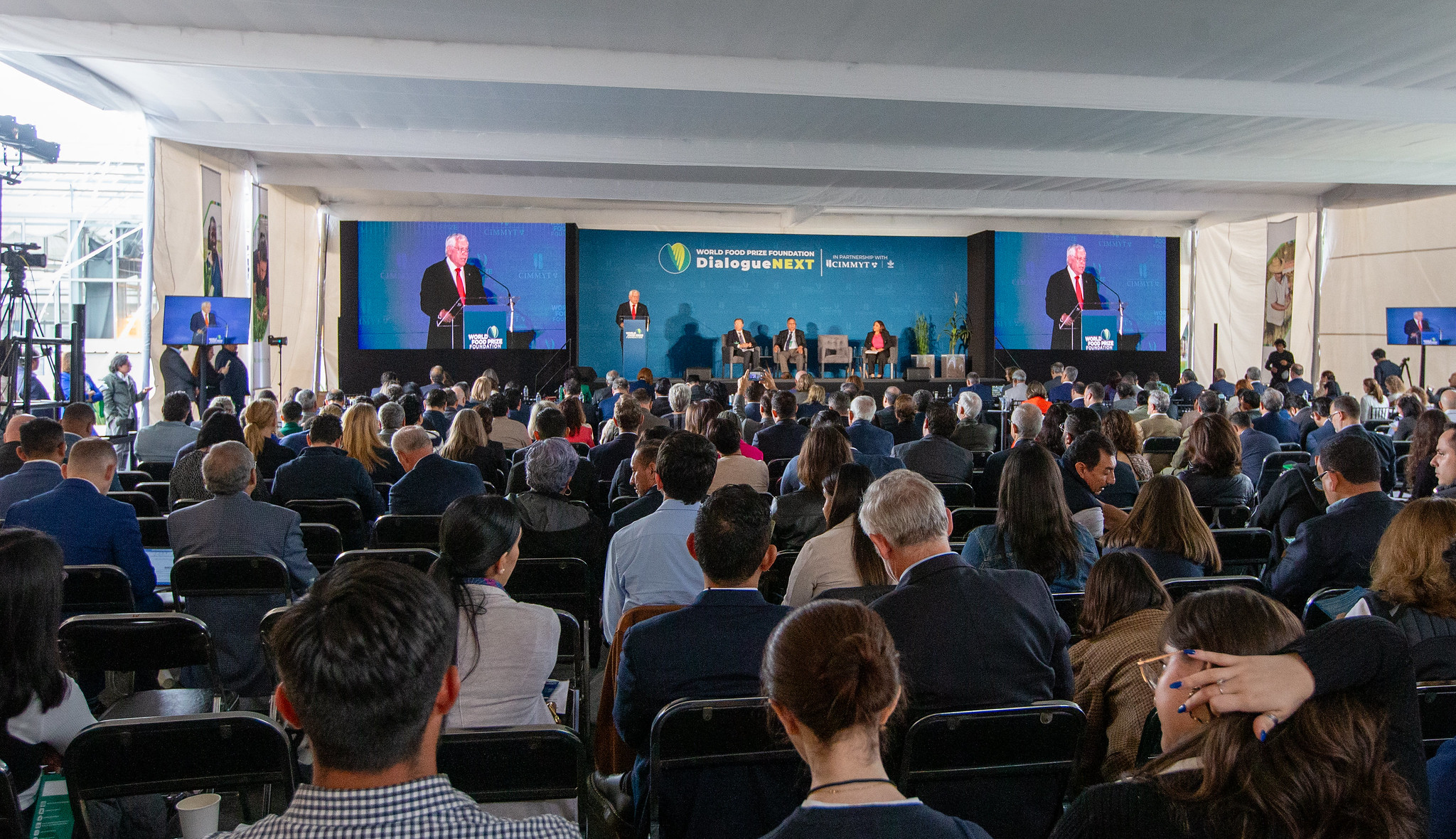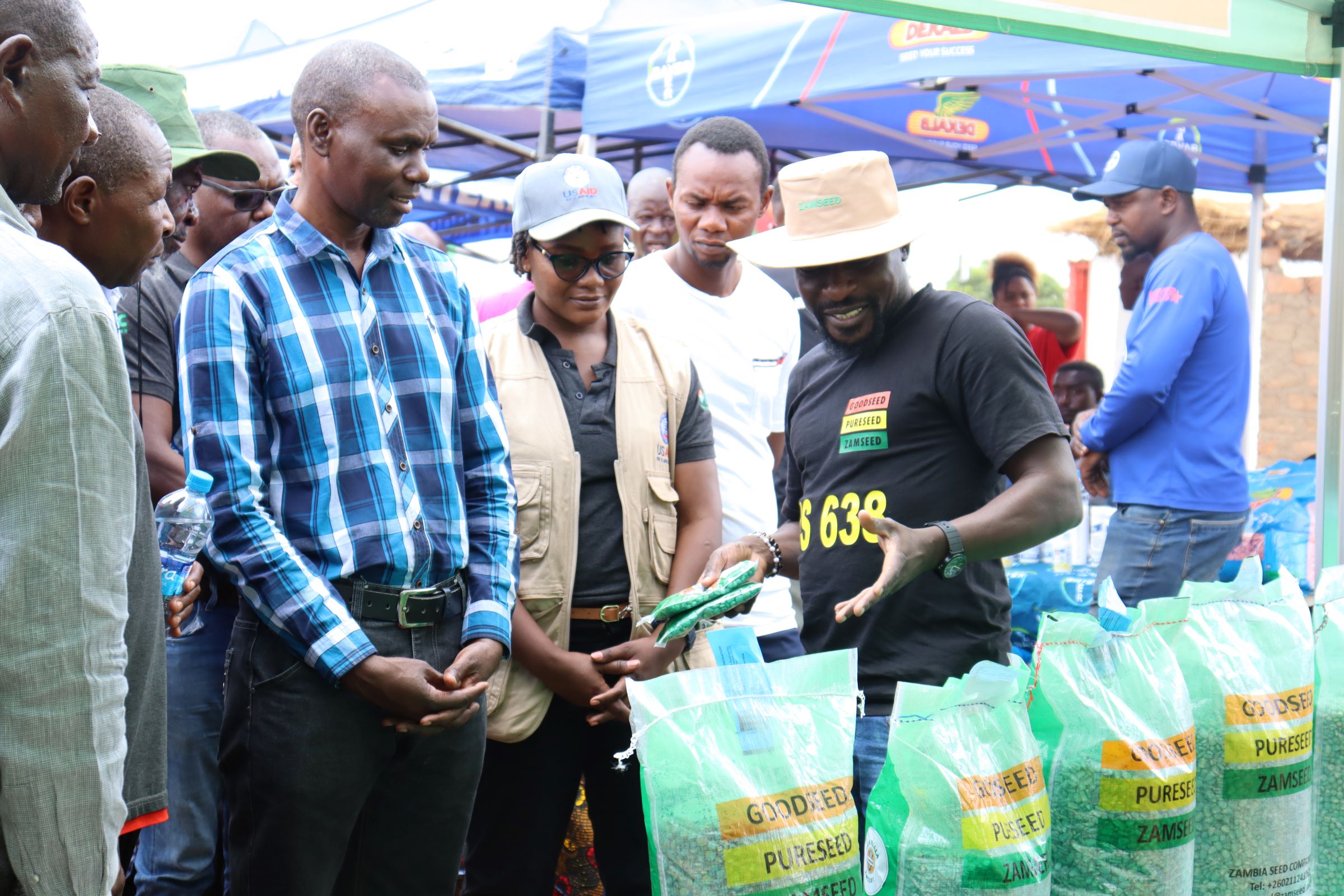
It is challenging to disseminate information across far-flung areas of rural Zambia as extension officers must travel vast distances to reach farmers. The Southern Africa Accelerated Innovation Delivery Initiative (AID-I) MasAgro Africa Rapid Delivery Hub, managed by CIMMYT and funded by the United States Agency for International Development (USAID) helps alleviate these issues by engaging with existing mobile phone networks to reach farmers with agronomic information, weather data, and soil information.
To introduce farmers to these specific tools: Atubandike and VIAMO, AID-I conducted a community sensitization and engagement exercise in Zambia. Atubandike emphasizes farmer learning and feedback using mobile phones for disseminating knowledge about the new generation of drought-tolerant varieties, sustainable intensification practices, and collecting farmer feedback to enable demand-driven delivery under AID-I. VIAMO, accessible via a basic mobile phone, provides agronomic information for every farmer in a specific area. The platform comes in different languages and farmers access information on various crops such as maize, beans, and groundnuts in their native language, provide feedback on information content, and connect with other farmers.
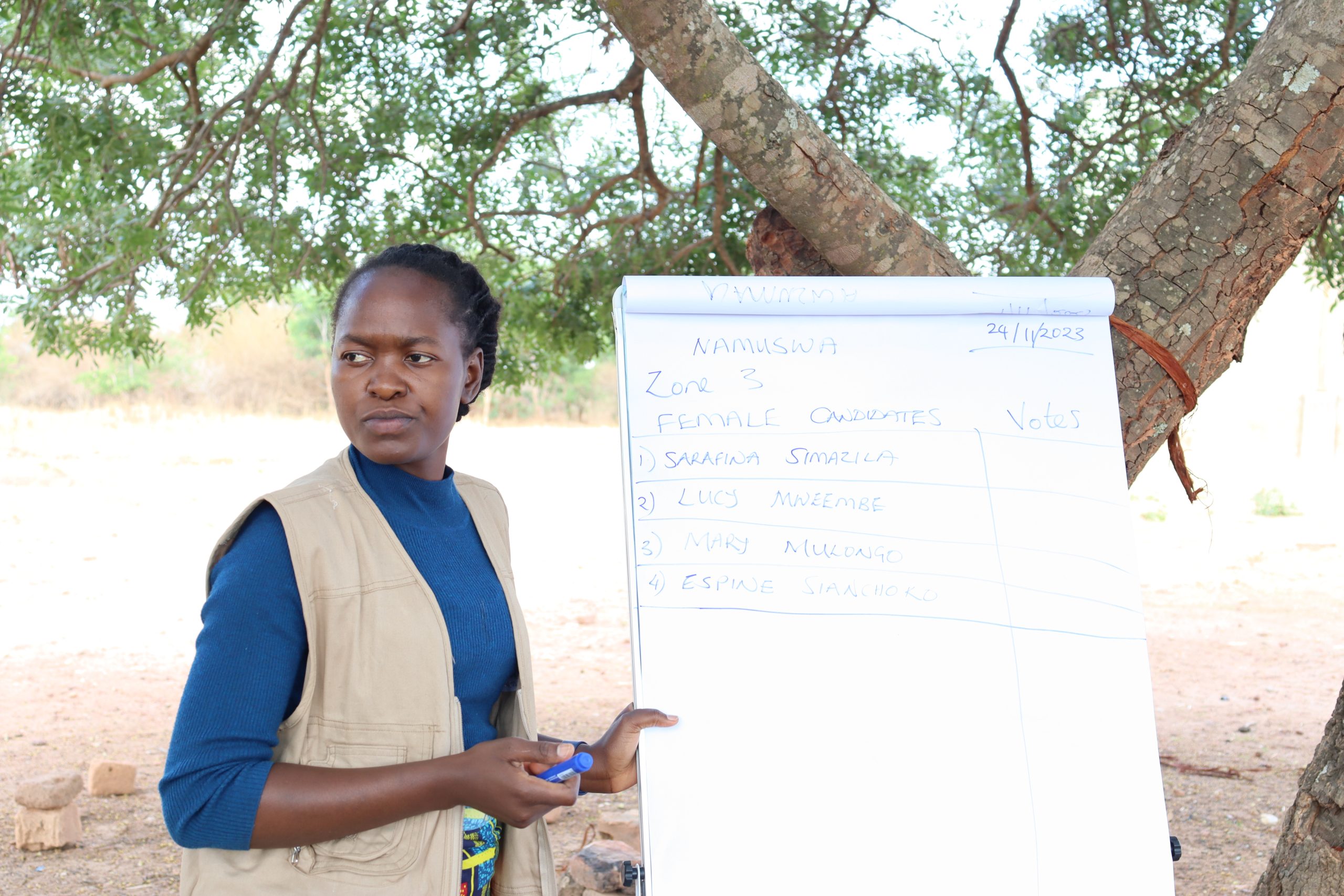
In Choma District, Morgan Katema, who provides extension services to farmers, explained that going digital is one way of reaching farmers through technology to ensure that all farmers have access to extension services. “In this case, lessons will be available through mobile phones and farmers will ask agriculture-related questions and get a response. This is a good initiative because farmers can access information on the spot instead of waiting for an extension officer to reach them, and information can be accessed after working hours, and the VIAMO initiative will help us overcome the challenge of long distances between farmers as we will no longer need to travel long distances,” Katema said.
Judith Simuliye, a farmer who grows maize and groundnuts, said, “I was told about this meeting by the camp officer, and I am happy to learn about this project. I have learned how to manage my crop by using the right seed varieties and how to space the crops.”
During the meeting, two community facilitators were selected through a voting process, after farmers nominated community members who are literate, trustworthy, energetic, and able to use a smart phone. Facilitators register farmers on the VIAMO platform, assist them in accessing the information they require, and support them in their learning journey.
Namasumo Rithay, a farmer in the village of Kalalasa, said, “Mobile phone access to extension services has come at the right time. We have faced a lot of challenges with the poor rain patterns and pests. Through this meeting organized by AID-I, we have learned how we can obtain information to mitigate these challenges through our mobile phones.”
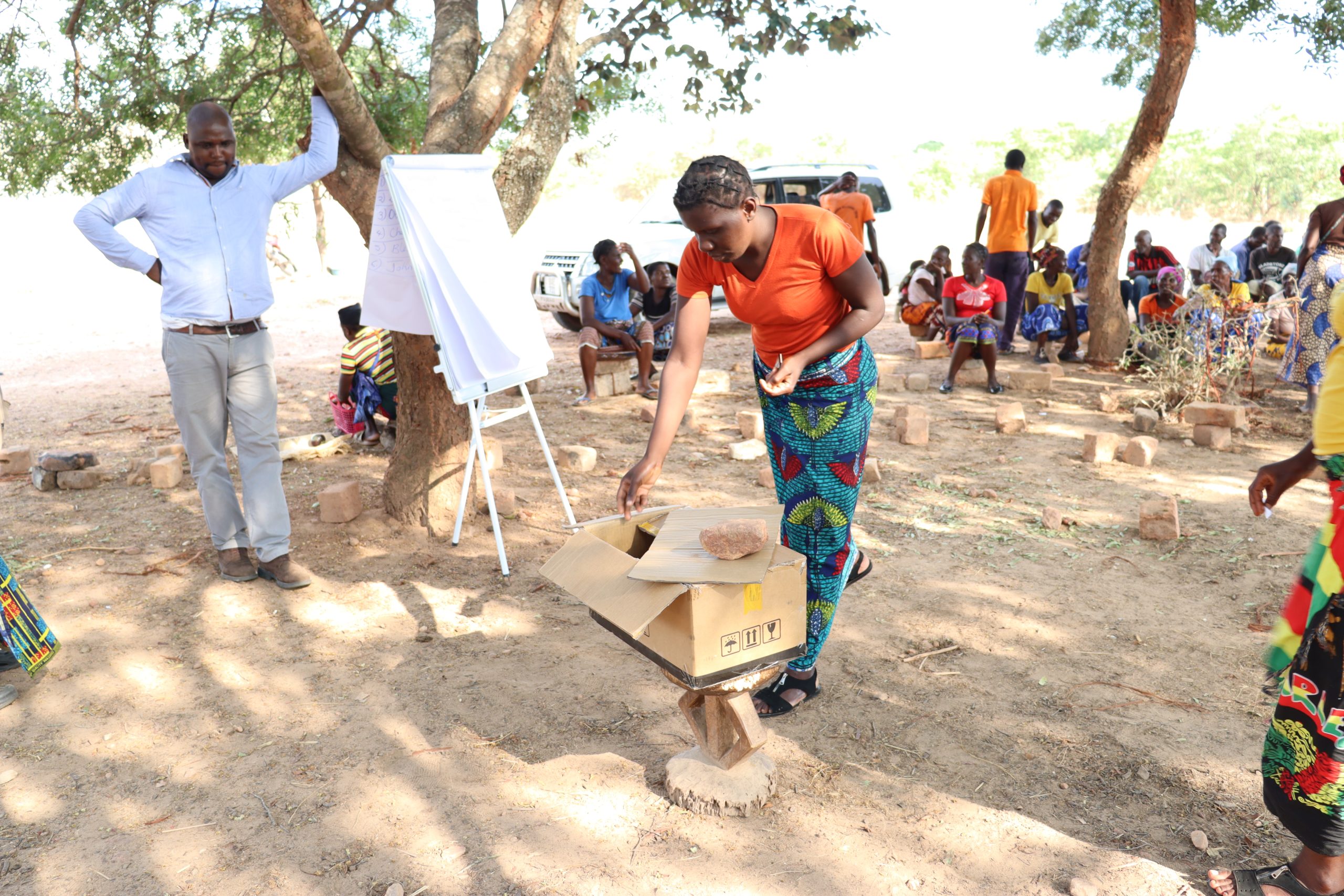
An additional community meeting was held in the village of Namuswa and was attended by 150 farmers. AID-I and Atubandike Research Associate, Brian Mpande, informed farmers that AID-I, with the assistance from VIAMO, will help them overcome the challenges of climate change by delivering timely and useful information via their phones.
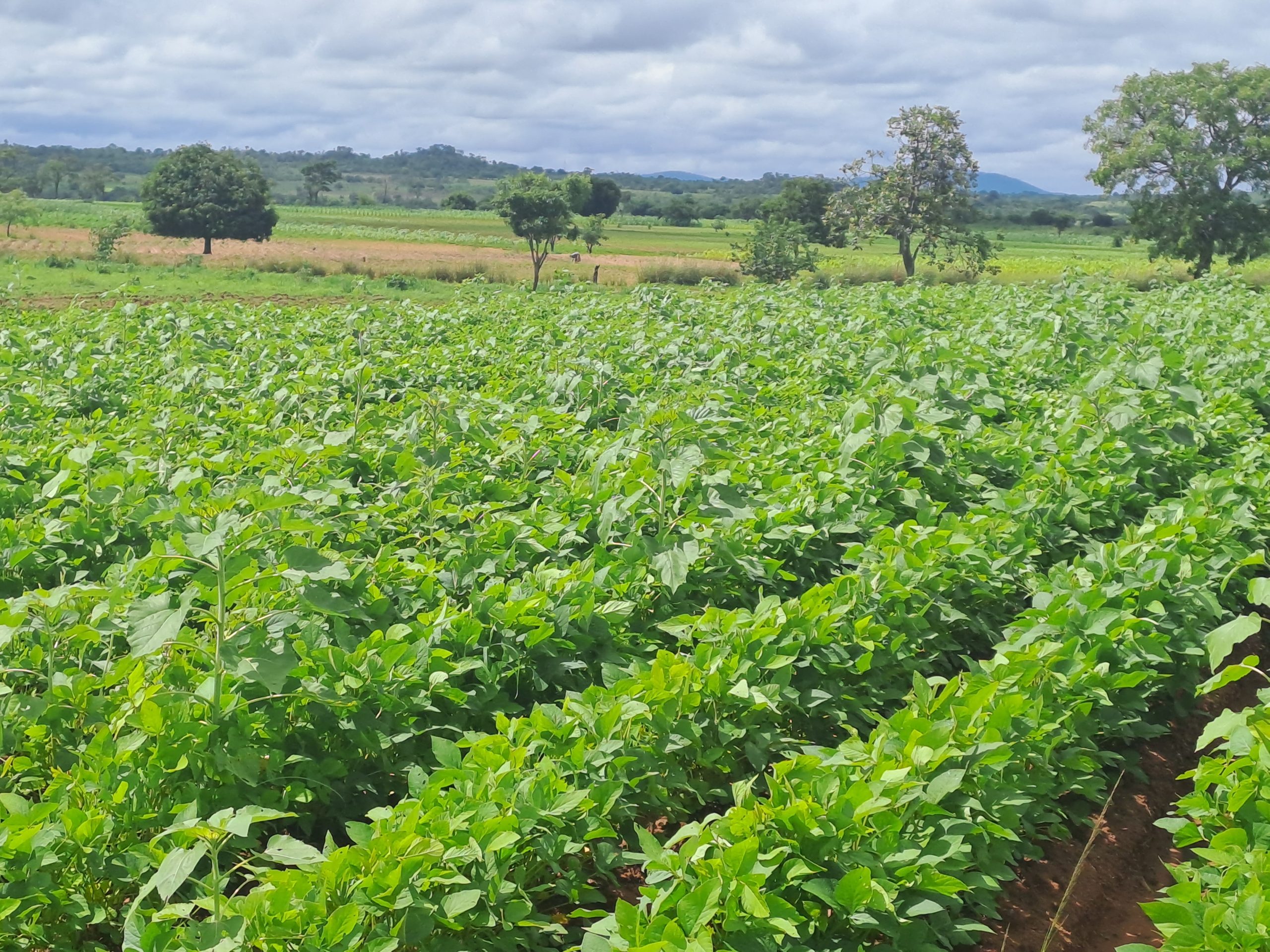
 Climate adaptation and mitigation
Climate adaptation and mitigation 